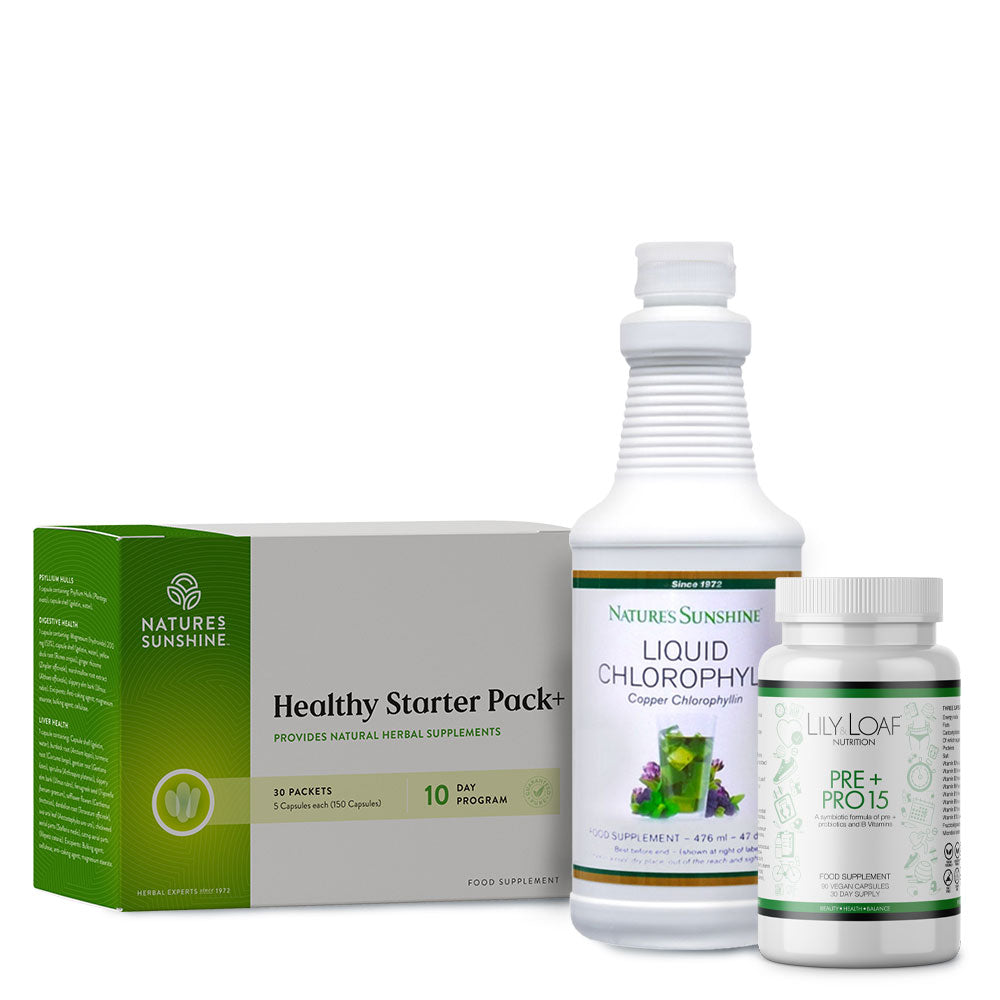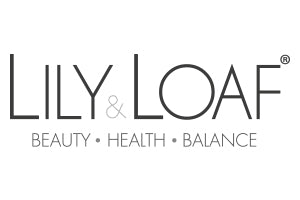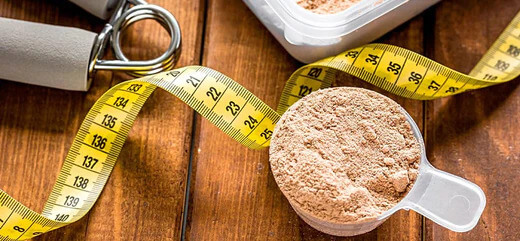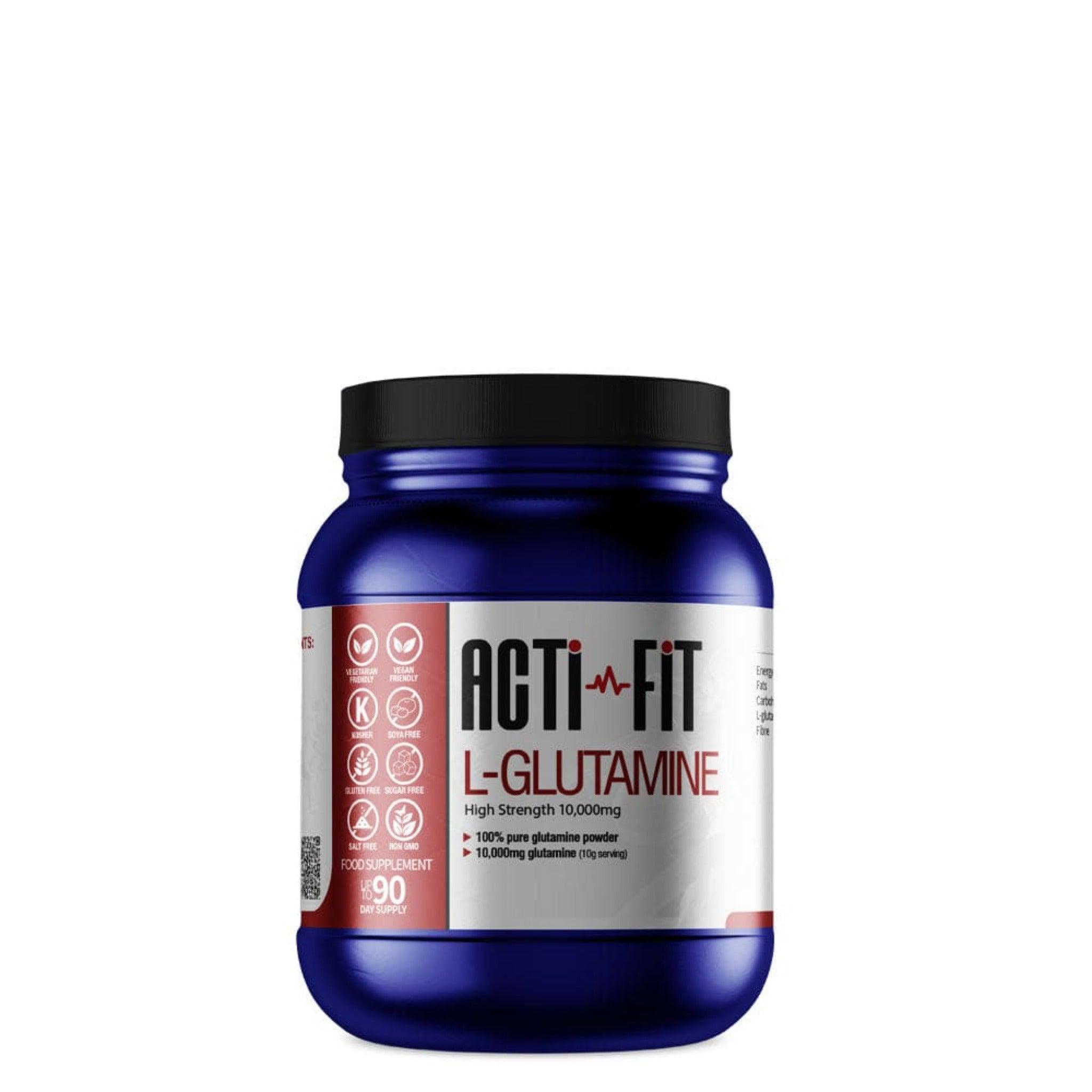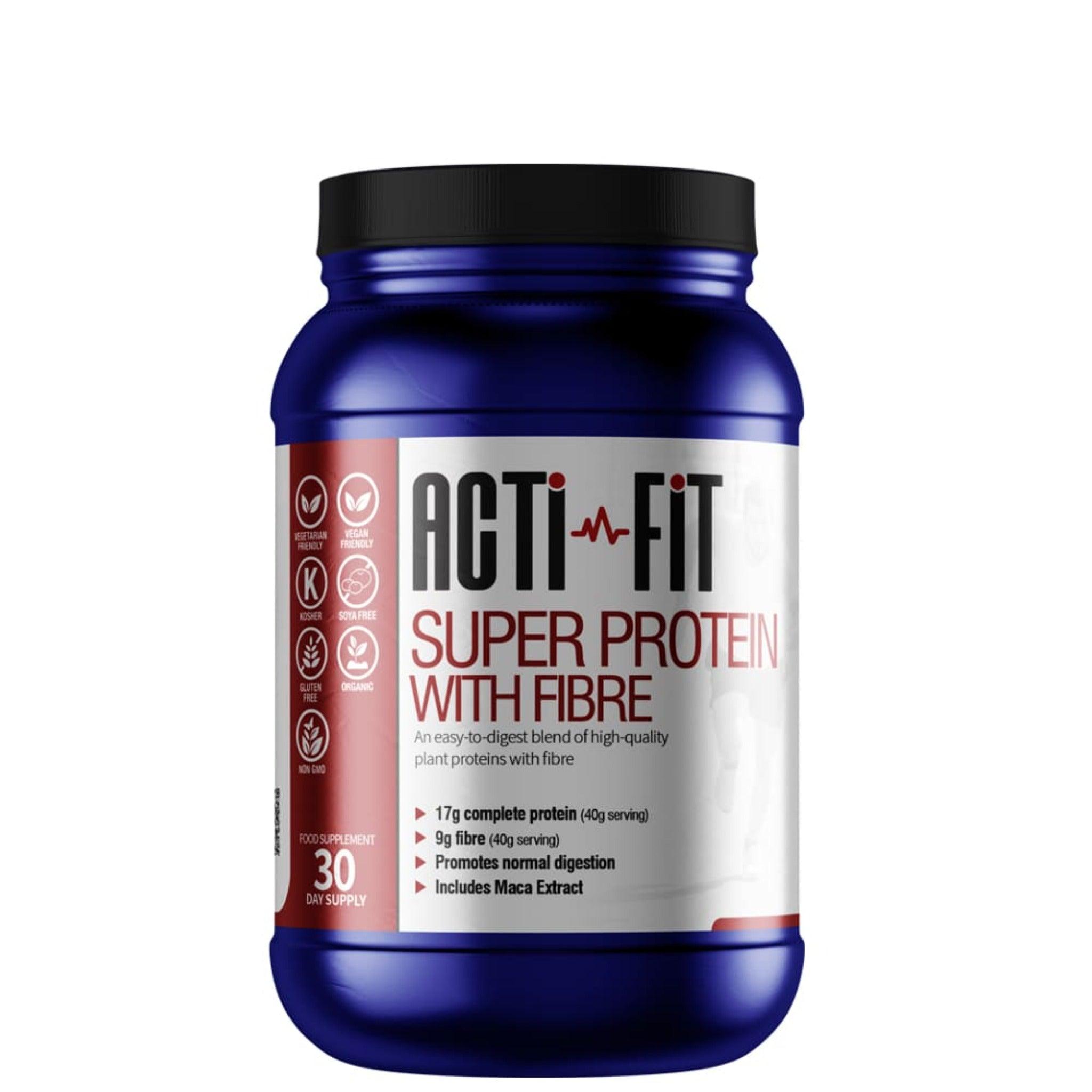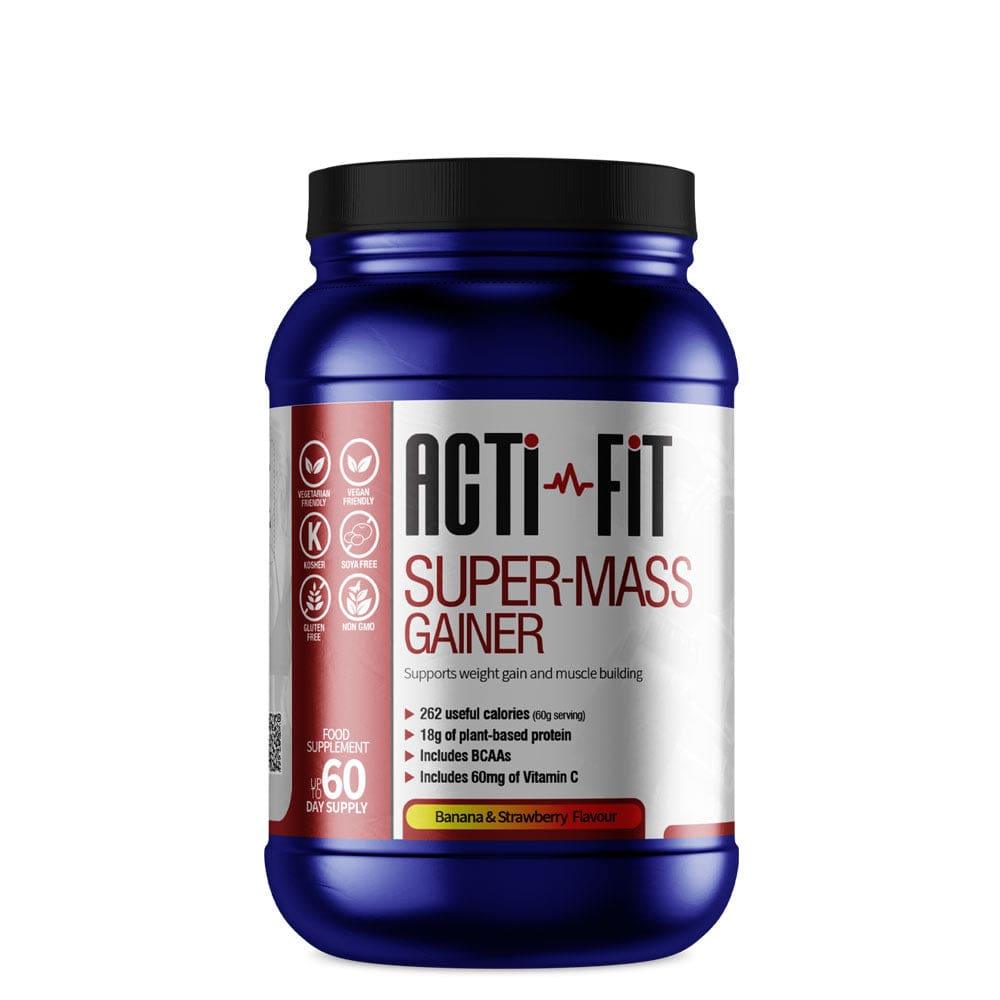
Building muscle is a key goal for many people who exercise. However, it can be a difficult and daunting task. It’s not easy to put on size and strength. It takes a lot of hard work and dedication. Building muscle requires more than just going to the gym and lifting weights. It also requires a combination of proper nutrition, exercise and rest.
Many people struggle to achieve the desired results, despite spending hours in the gym and trying different diets and supplements. However, it is possible to build muscle quickly and effectively with the right strategies and dedication.
Here are some things you should include in your routine to help maximise your results. Whether you’re a beginner or an experienced weightlifter, incorporating these best practices into your routine can help you achieve your muscle-building goals.
• Strength training
To build muscle, you need to lift weights that challenge your muscles and force them to adapt. This is achieved through progressive overload, where you gradually increase the weight, sets and repetition (reps) of each exercise. Focus on compound exercises that work multiple muscle groups, such as:
• Squats
Squats are a full-body exercise that builds lower body strength. They can involve holding a barbell across the back of your shoulders and performing a deep knee bend. Squats target the thighs, hips and buttocks, including the quadriceps, hamstrings, glutes and calves. They’re an essential part of any weight training program, as they can help to build strength, increase muscle size and improve overall fitness.
• Deadlifts
The deadlift is a compound exercise that works the glutes, quads, hamstrings and lower back. It involves lifting a loaded barbell from the floor to hip level and then lowering it to the ground again. Deadlifts are one of the most popular exercises to build strength and muscle mass in your back, legs and core muscles.
• Bench press
The bench press is a compound exercise that works the chest, shoulders and triceps. It involves lying on a horizontal or inclined bench and pressing a weight – either a barbell or dumbbells – up towards the ceiling with your pectoral muscles while keeping your back and feet flat.
• Upright rows
Upright rows are an excellent exercise for developing shoulder width and strength. They target your neck and shoulders, trapezius and biceps. You perform them by holding a barbell or dumbbells with a shoulder-width grip and lifting the weights to the chin in a slow and controlled manner while keeping your elbows tucked in.
• Push-ups
Push-ups are a simple compound exercise that strengthens your biceps, triceps, chest, shoulder, lower back and abdominal muscles. Your body weight provides resistance as you tense your muscles before lowering and pushing up from the floor with your arms.

• Overhead press
The overhead press is a compound movement that works several muscles in the upper body. It involves holding dumbbells or a barbell at shoulder height and pressing it up above your head until your arms are fully extended, then slowly lowering it back down to the starting position. This exercise mainly works the shoulder muscles but also engages the core, chest and triceps.
• Lunges
Lunges are a compound exercise that targets the lower body by working your quadriceps, hamstrings, glutes and core muscles. You step forward with one leg and bend your knees to lower your body into a lunge position. You can add resistance by holding loaded dumbbells, kettlebells or other weights as you perform the exercise.
With all compound exercises, it’s essential to remember to use proper form and start with a lighter weight to avoid injury. Gradually increase weight, sets and reps as you build strength and feel comfortable with the movements.
NUTRITION
Eating the right types and amounts of food is critical for building muscle. Aim to consume enough protein to support muscle growth and repair, as well as carbohydrates for energy and healthy fats for overall health. You can also consider taking a protein supplement if it’s challenging to get enough protein from your diet.
RECOVERY
Rest and recovery are as crucial as strength training and nutrition in building muscle. This is because your muscles grow when you’re at rest, not when you’re lifting weights. Get enough sleep and give your muscles time to recover between workouts. You can also use foam rolling and stretching techniques to help reduce muscle soreness and improve recovery.
CONSISTENCY
Consistency is vital when it comes to building muscle. Stick to a regular strength training and nutrition routine and make adjustments based on your progress. Avoid constantly changing your routine in search of quick results, as this can lead to burnout and frustration.
INDIVIDUALISED APPROACH
No two people are exactly alike, so finding what works best for you is essential. This means experimenting with different types of strength training, nutrition strategies and recovery techniques to see what helps you build muscle most effectively.
THE IMPORTANCE OF PROTEIN IN BUILDING MUSCLE
Protein is an essential nutrient that plays a crucial role in building muscle. When you engage in strength training, you stress your muscles causing small tears in the muscle fibres. Your body then uses protein to repair and rebuild these damaged fibres, increasing muscle size and strength.

In addition to promoting muscle growth, protein helps with recovery after a workout. The amino acids found in protein help reduce muscle soreness and inflammation, allowing you to train harder and recover faster.
The recommended daily protein intake for someone looking to build muscle is between 1.5 to 2 grams per kilo of body weight. So, a 75kg person needs approximately 112-150 grams of protein daily. Quality protein sources for muscle building include lean chicken, beef and fish or eggs, as well as plant-based proteins such as soy, lentils and quinoa.
Protein supplements, like our Acti-Fit products, can also be a convenient way to increase your intake. However, it’s important to keep in mind that you should use these supplements to complement, rather than replace, a well-rounded diet that includes a variety of protein sources.
It’s also essential to spread your protein intake throughout the day, as the body can only process a limited amount of protein at once. Making protein a priority in your diet can support your muscle-building efforts and give you the results you want to see.
Building muscle is a gradual and consistent process that requires a combination of strength training, nutrition, and recovery. Focus on compound exercises, consume enough protein and carbohydrates, get enough sleep, be consistent, and find what works best for you.
With patience and dedication, you can achieve your muscle-building goals and enjoy the many benefits of a strong and healthy body.
